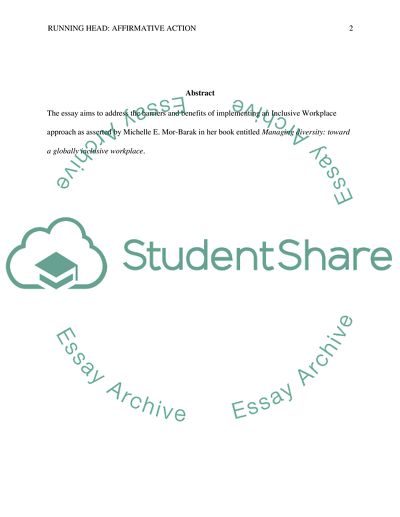Cite this document
(Barriers and Benefits of Implementing an Inclusive Workplace Approach Research Paper, n.d.)
Barriers and Benefits of Implementing an Inclusive Workplace Approach Research Paper. Retrieved from https://studentshare.org/human-resources/1743179-affirmative-action
Barriers and Benefits of Implementing an Inclusive Workplace Approach Research Paper. Retrieved from https://studentshare.org/human-resources/1743179-affirmative-action
(Barriers and Benefits of Implementing an Inclusive Workplace Approach Research Paper)
Barriers and Benefits of Implementing an Inclusive Workplace Approach Research Paper. https://studentshare.org/human-resources/1743179-affirmative-action.
Barriers and Benefits of Implementing an Inclusive Workplace Approach Research Paper. https://studentshare.org/human-resources/1743179-affirmative-action.
“Barriers and Benefits of Implementing an Inclusive Workplace Approach Research Paper”, n.d. https://studentshare.org/human-resources/1743179-affirmative-action.


